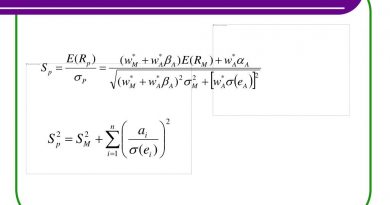Vehicle Excise Duty

Contents
Vehicle Excise Duty
Lea Uradu, J.D. is a Maryland State Registered Tax Preparer, State Certified Notary Public, Certified VITA Tax Preparer, IRS Annual Filing Season Program Participant, and Tax Writer.
What is Vehicle Excise Duty
Vehicle excise duty (VED) is a tax paid for most UK-driven and parked vehicles. VED does not fit the standard definition of a tax levied at the point of manufacture. For cars registered from April 2017 onwards, rates paid in the first year are related to the vehicle’s carbon dioxide emissions, though subsequent payments are not.
BREAKING DOWN Vehicle Excise Duty
Origins of Vehicle Excise Duty
The first UK vehicle tax originated from the 1888 Customs and Inland Revenue Act. The tax limited and controlled the use of cars. The British government introduced the requirement to number and register cars in 1904, and in 1906, the focus shifted to the condition of the roads. In 1909, a new tax based on the power of the car engine was introduced, and its proceeds were used to improve road infrastructure.
The Road Board, a governing body tasked with creating and revising road infrastructure policies, was created in 1910. In 1920, the Road Fund, created by the British Government to pay for the building and maintenance of UK roads, replaced the Road Board. However, the revenue collected from the road fund was often appropriated for other uses. The misappropriation was so vast that the chancellor of the Exchequer, Winston Churchill, called it the “Raid Fund.” From 1937, vehicle excise duties (VED) were paid into the new Consolidated Fund, and the Road Fund served only as an administrator until it closed in 1956.
In the late 1970s, discussions took place about abolishing the VED and increasing fuel tax to cover the shortfall. However, in 1980, the decision was made to retain the vehicle tax.
The Changing Structure of Vehicle Excise Duty
In 1997, the government discussed estimating VED based on a car’s carbon dioxide emissions. In the 1999 UK Budget, new cars registered in subsequent years would be classified into one of four VED bands based on their emissions. Some incentives were given within each band for cars using cleaner fuel. The tax on new cars was significantly lower than on older cars, encouraging the motoring public to purchase newer models. In 2002, 2003, and 2006, they introduced the 5th, 6th, and 7th bands. In the 2009 UK Budget, an overhaul of the system was announced, introducing 13 VED bands for categorizing all new cars.
Most Recent Developments in VED
In 2014, the government abolished the previously used paper tax disc, required to be displayed on a vehicle’s windscreen. The government announced that there was no need for the discs and that the electronic vehicle register and Automatic Number Plate Recognition could ensure that vehicles were correctly licensed and VED had been paid.
In 2017, there was a major overhaul of the VED band and rate configuration, resulting in substantially higher or lower car tax for certain types of new cars.


